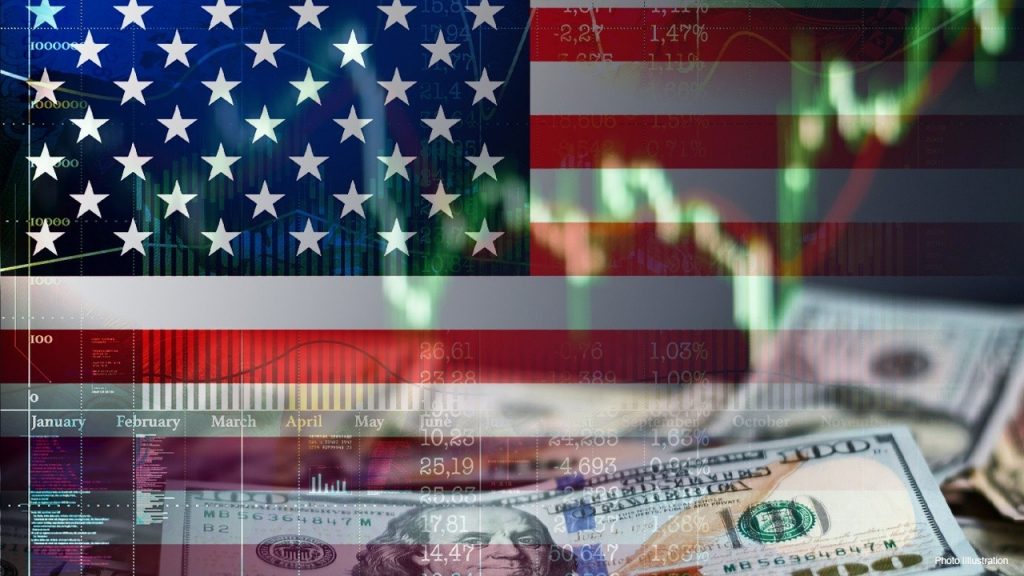
Wall Street’s favorite trade of the year is facing a “perfect storm” as the Federal Reserve prepares to exit the emergency measures put in place during the pandemic, according to Bank of America.
The Fed’s decision to end the easy money era of the pandemic sent shockwaves through the market and put the Dow Jones Industrial Average on track for its worst week since January.
Cyclical stocks on Thursday, the day after the announcement, suffered their worst day in over a year when compared to defensive stocks as investors feared the central bank’s tapering could derail the economy. Cyclicals include sectors like industrials, energy and financials, whose performance is tied to the whims of the economy.
A “cyclical correction is now underway,” wrote a team led by Michael Hartnett, chief investment strategist at Bank of America.
He noted this week’s hawkish shift by the Fed is “bad news” and adds to the troubles that were presented by excess positioning, China tightening and fading hopes of additional fiscal stimulus in the U.S.
The Fed on Wednesday held its benchmark interest rate near zero and maintained its bond-buying program at a pace of $120 billion per month, but moved up the forecast for its first rate hike to 2023 from 2024. More members, but not a majority, said the first rate hike could occur in 2022. The central bank also teased an end to its asset purchase program, but did not give any specifics as to when the tapering might begin.
The Fed last year cut interest rates to near zero and pledged to buy an unlimited amount of assets to support the U.S. economy through its sharpest economic slowdown of the post-World War II era.
The yield on the 10-year bond note fell to 1.45% on Friday in response to the Fed’s tightening plans. It hit a high of 1.75% on March 31.
David Rosenberg, chief economist and strategist at Toronto-based Rosenberg Research says that adjusted for interest rates, the S&P 500 is 20% above its intrinsic value.
He believes investors would be foolish to ignore the signal that real rates, or those adjusted for inflation, are sending to the stock market.
“Overweighting defensive sectors and secular growth segments that tend to benefit by a sharp slowing in GDP growth, is a sound strategy,” he wrote. “At the same time, if the message from real rates proves prescient, investors will be well advised to trim their cyclical exposures.”





























